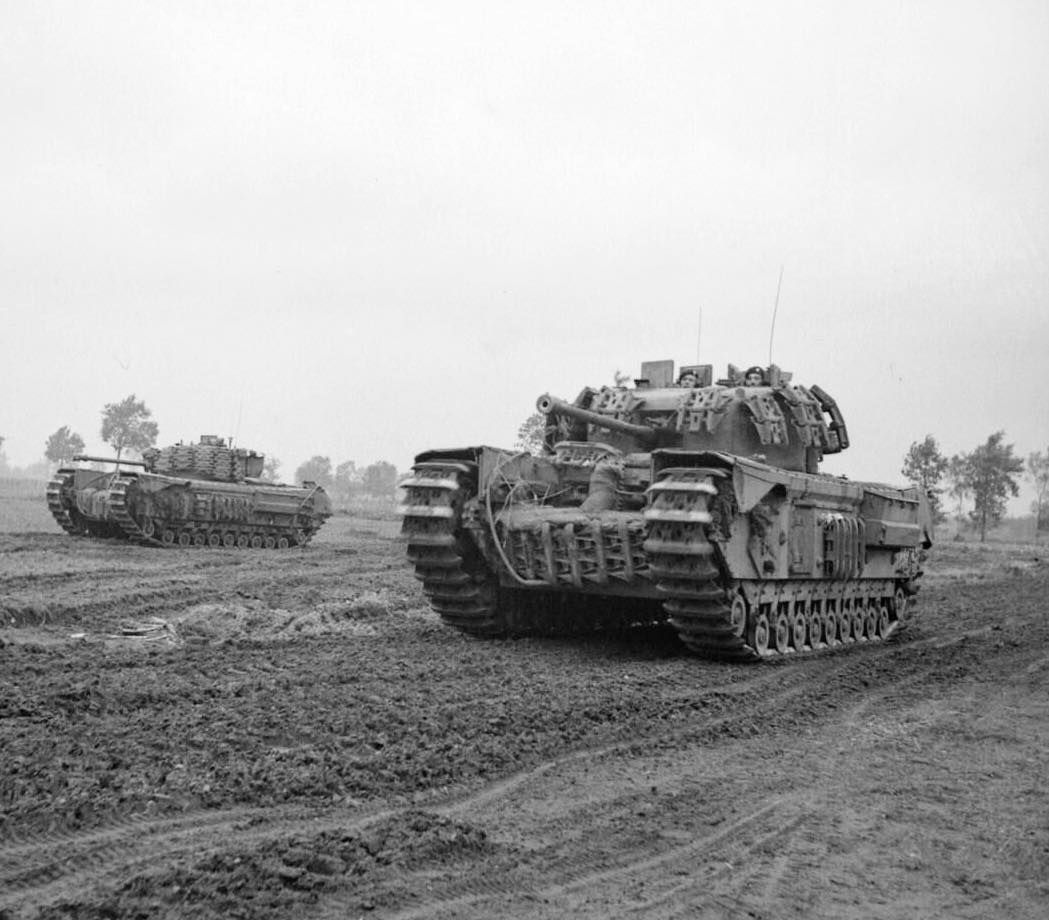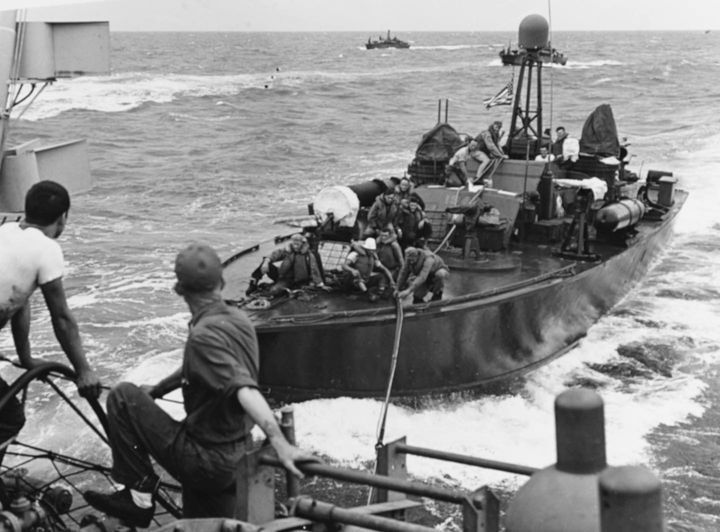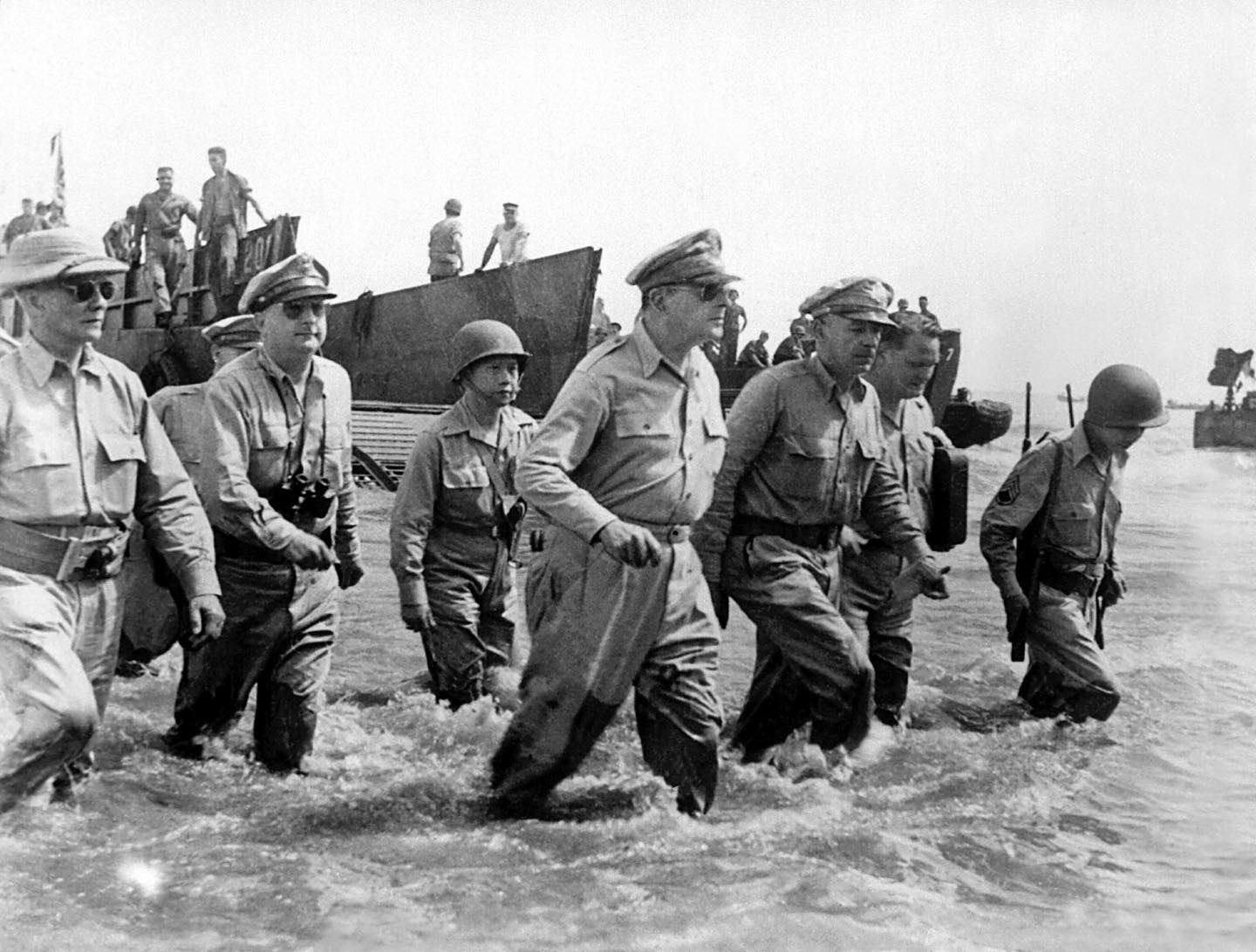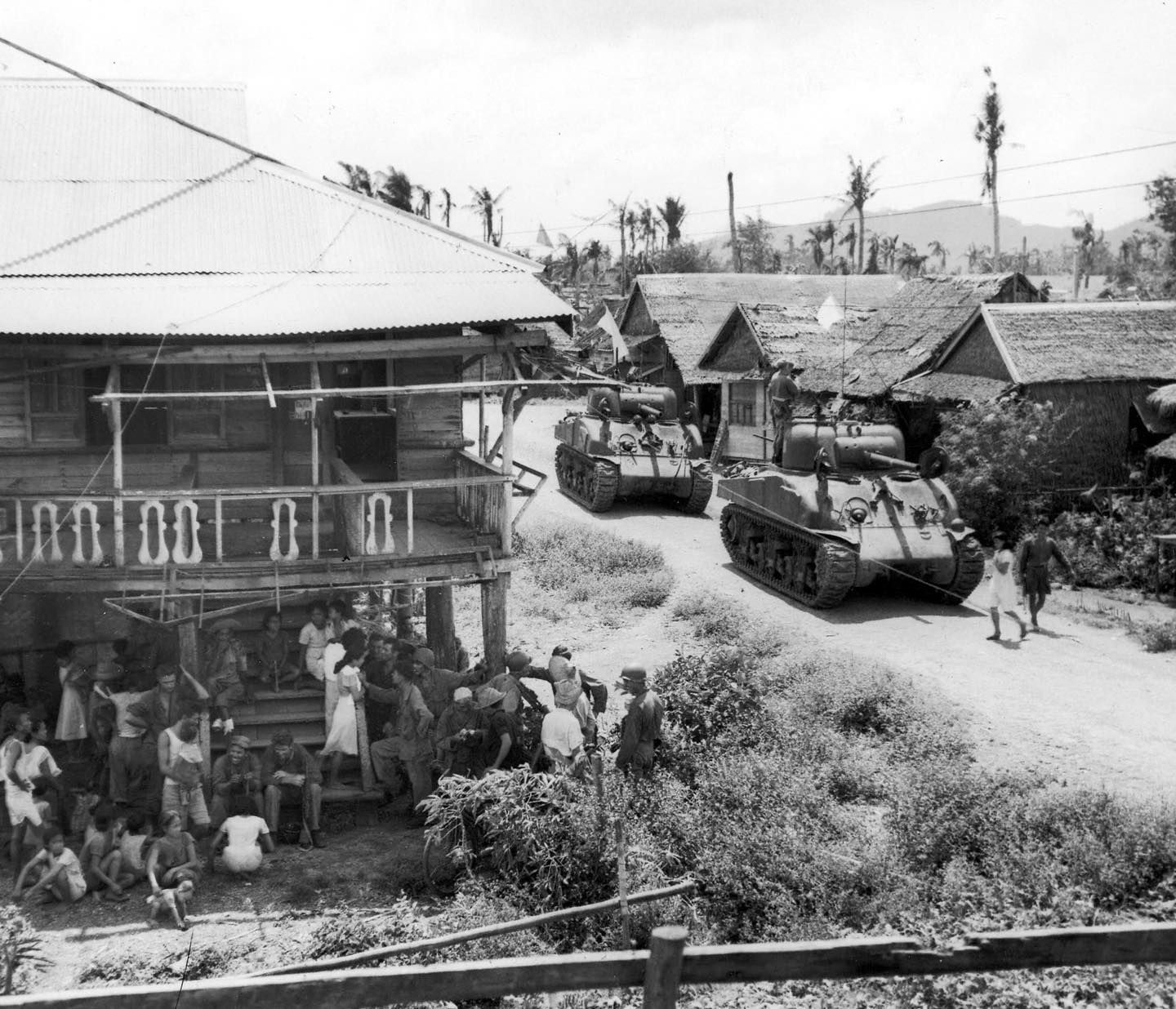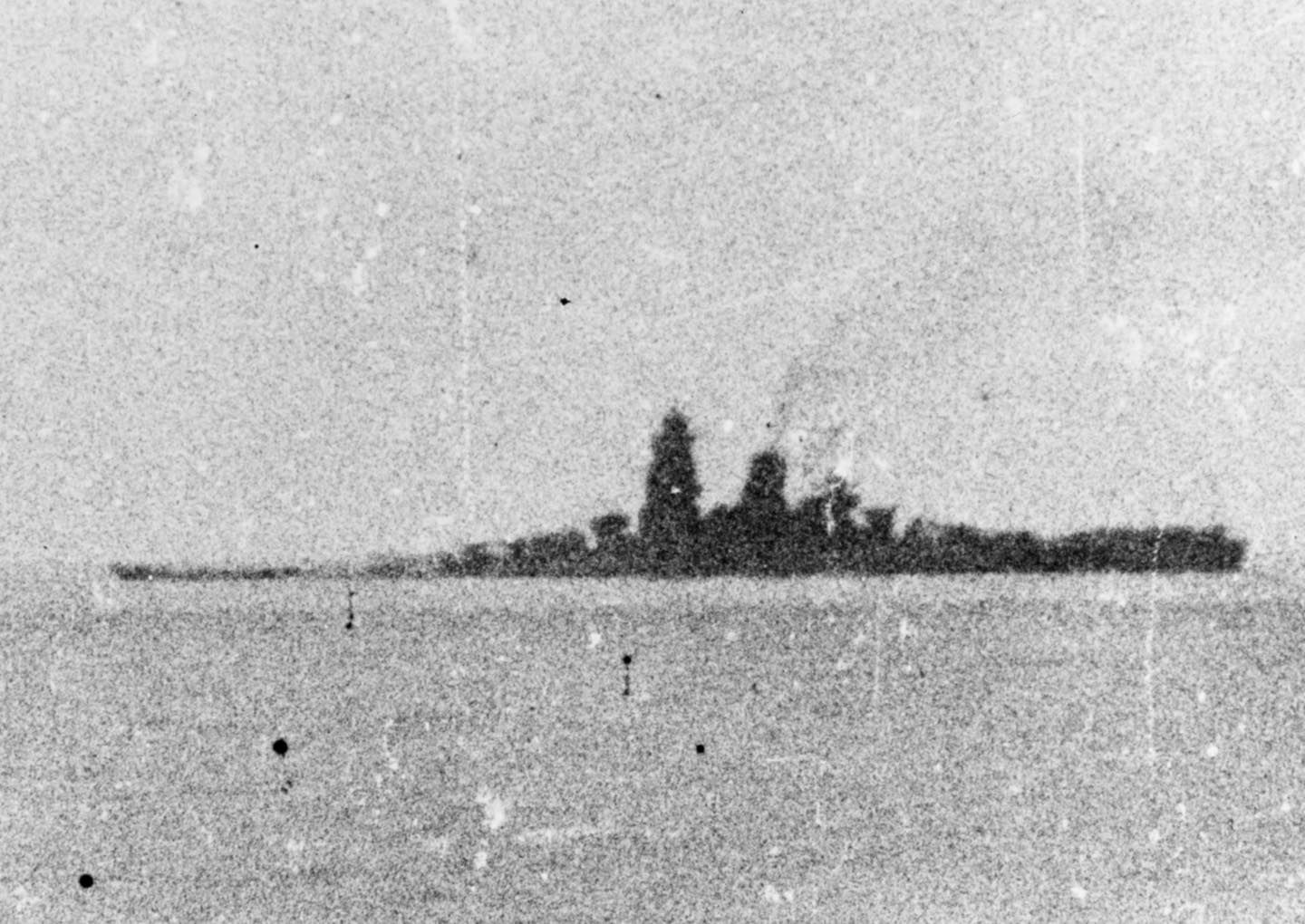@SuperbattleshipYamato
October 24, 2024. The 80th anniversary of the Battle of Leyte Gulf continues.
After Kurita’s Center Force was spotted by American aircraft, William Halsey’s Fast Carrier Task Force readied an air strike. However, the fleet was caught out of position, with its most powerful carrier group, with 40% of its aircraft, under Vice Admiral John S. Mccain (yes, grandfather of that Mccain), heading back to Ulithi for a refit, while the carrier group closest to the Japanese fleet, under Rear Admrial Gerald F. Bogan, happened to be the weakest of the carrier groups, with only 1 Essex class fleet carrier and 2 Independence class light carriers.
Before American aircraft could strike, however, Japanese aircraft from land bases in the Phillipines attacked the American forces. Poorly trained and outnumbered, most of them were shot down without causing any damage. However, a single D4Y3 Judy torpedo bomber managed to pass through all the defenses, hitting the light carrier Princeton with a 250kg armor piercing bomb. The bomb managed to hit the area where multiple loaded torpedo bombers and many loose torpedos and bombs were stored, causing a catastrophic explosion. Princeton would be the only Independence class light carrier sunk during the Pacific War.
American air strikes on the Japanese fleet were more successful, heavily damaging the heavy cruiser Myoko, forcing it to retire, and landing at least 17 bombs and 19 torpedos on the Yamato class battleship Musashi, sinking it. In response, Kurita turned his fleet around to escape the air range of American aircraft.
Believing the Japanese Center Force to be in retreat, when Halsey’s scouts spotted Ozawa’s carrier-based Northern Force (actually a decoy), the entire Fast Carrier Task Force prepared to meet the Japanese fleet.
Unfortunately, Halsey sent a vague communication to other fleets, making it seem as if he had already formed Task Force 34 (centered around the Fast Carrier Task Force’s fast battleships, including 2 Iowa-class battleships) to guard the San Bernardino strait, the area which the Center Force tried to cross, when his was not the case (he actually meant that Task Force 34 will be formed in the future when ordered by him). This led the commander of the Seventh Fleet (in charge of the amphibhious landings), Vice Admiral Thomas C. Kinkaid, to station all of his Standard-class battleships (probably used for shore bombardment before the battle) to guard Surigao Strait, leaving only a small force of destroyers, destroyer escorts, and escort carriers to guard San Bernardino Strait while Halsey rushed northwards with all of his carriers and fast battleships.
In case you were wondering, Nishiruma’s Southern Force continued sailing to Surigao Strait, but didn’t engage in any combat (yet).

